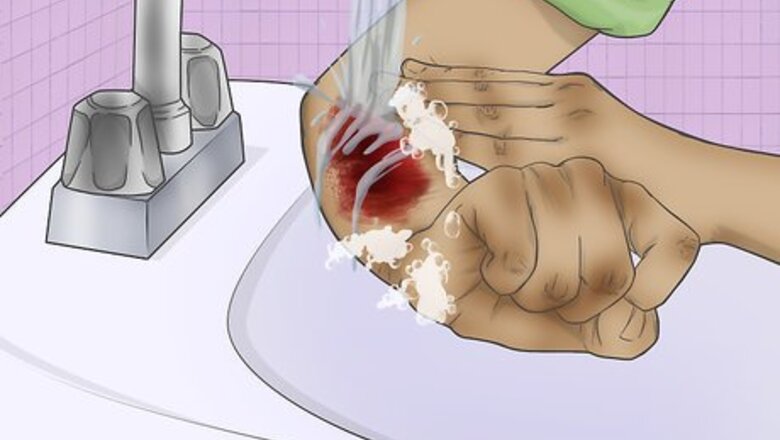
views
Providing Initial Treatment
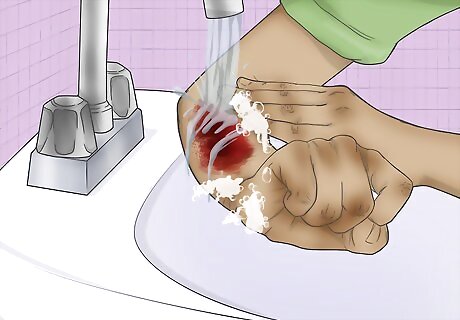
Clean the burn immediately. Because turf burns tend to get dirt and other debris in them, it’s important to clean them right away. Wash the burn with a mild soap and warm water, or use a homemade saline solution. Rinse the burn with plenty of warm water to wash out any debris, and gently pat it with clean, moist, lint-free gauze. For larger pieces of debris, use clean tweezers to remove them. The tweezers you use should be disinfected. You can soak them in rubbing alcohol for a few minutes before using them. If you're cleaning someone else's burn, wash your hands first. You should also wear protective gloves. If there is quite a lot of embedded debris, or large pieces of debris in the burn, see a doctor to have them removed.
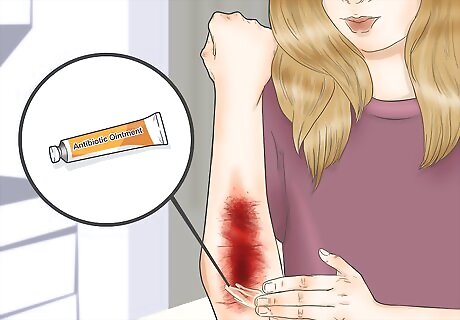
Spread petroleum jelly or an antibiotic ointment over the burn. Once you’ve cleaned the burn, you’ll need to promote its healing. Spread petroleum jelly or antibiotic ointment over the entire burn so it stays moist. It will prevent infection and promote healing.
Hold a clean piece of gauze over the burn if it's bleeding. If you notice that your burn is actively bleeding (leaking blood as opposed to just having blood on the surface of the burn), apply pressure with a clean piece of gauze. After you've held the gauze over the burn for a minute or 2, check the burn to see if it's still bleeding. Apply more pressure if it is. If you can't get your burn to stop bleeding after a few minutes, you should see a doctor immediately.
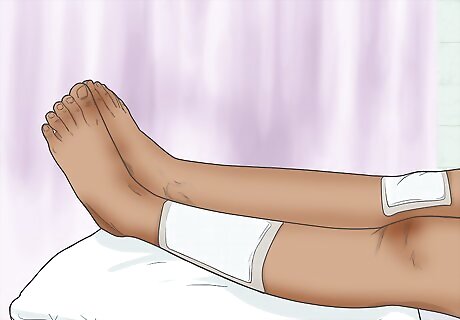
Cover the burn with an adhesive dressing. Depending on the size of the burn, you might be able to use a large self-adhering bandage. If the burn is larger than that, use cotton padding and adhesive strips. Place the cotton pad over the burn, then apply adhesive strips around the padding to hold it in place. If it's a large turf burn, use a hydrogel dressing or silicone gel sheet. These sheets should come with adhesive strips. Place the dressing or sheet over the burn and then secure it with adhesive strips pressed down on your skin at the edges of the dressing.
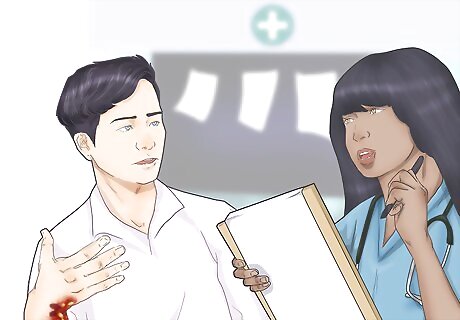
See a doctor if necessary. If your turf burn is bleeding and you can't get it to stop, you should see a doctor. You should also see a doctor if the skin around the burn starts to get red or swollen, since that can indicate that you've developed an infection. Your doctor will likely prescribe antibiotics. If the area around your burn develops red streaks, see your doctor immediately. This can be a sign of blood poisoning, a serious complication. If your burn becomes swollen, see a doctor immediately.
Continuing Turf Burn Care at Home
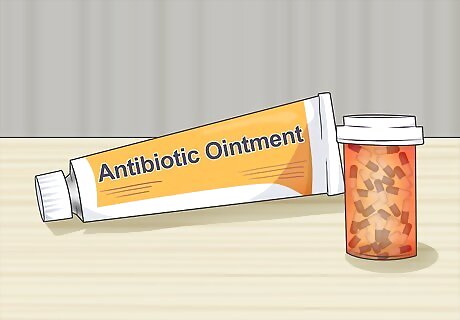
Take antibiotics if they are prescribed. Depending on the severity of the burn, you may have been instructed to see your doctor. If you do, and they prescribe antibiotics, take them as directed. Even if your burn starts to heal, take the full course of antibiotics. They’ll prevent infection and heal your burn. Depending on the severity of the burn and if infection has spread, you might be prescribed an oral or topical antibiotic. If the infection has spread, you're likely to be prescribed oral antibiotics. Otherwise, you might be given a topical antibiotic cream to apply to your burn.
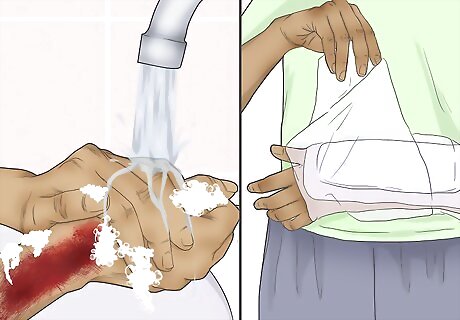
Clean the burn and change the bandage daily. Gently remove the adhesive and bandage to expose the burn. With warm water and soap, gently clean the burn. Then reapply ointment and rewrap the burn. Keeping cleaning the burn daily until there are no longer open wounds.
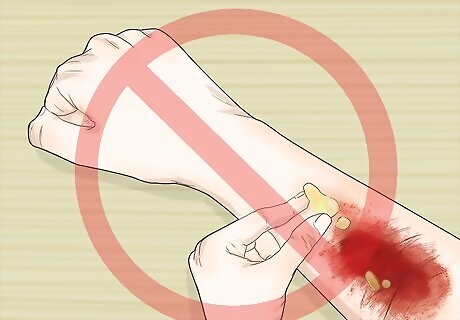
Do not break blisters. This increases the chances of your burn becoming infected. If blisters do develop, treat them as you would the rest of the burn. If blisters form and break open by themselves, blot up the liquid that’s released. Don’t pull off any skin that was over the liquid.
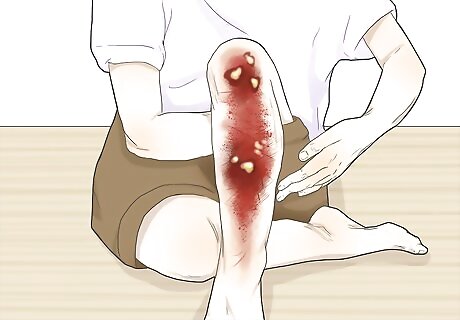
Check for signs of infection. Raised red areas around the burn are the most obvious sign of a developing infection. If the skin around the burn feels hot, it might be infected as well. If you notice red streaks extending from the burn, or pus when you change the bandage, see a doctor right away.
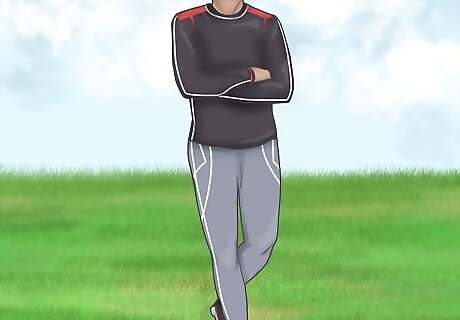
Cover the burned area with long clothing. If you want to keep playing sports while your turf burn heals, give the burn extra protection. Long-sleeved shirts or long pants will help give the burn an extra layer of protection and can prevent the burn from additional damage. You can wear elastic sleeves meant for athletes' arms and legs to cover your burn.
Cover the burn with an SPF 30 sunscreen once it's healed. It's important that you protect the burned area from the sun. Wearing sunscreen will help prevent redness and discoloration in the area where the burn was.

















Comments
0 comment